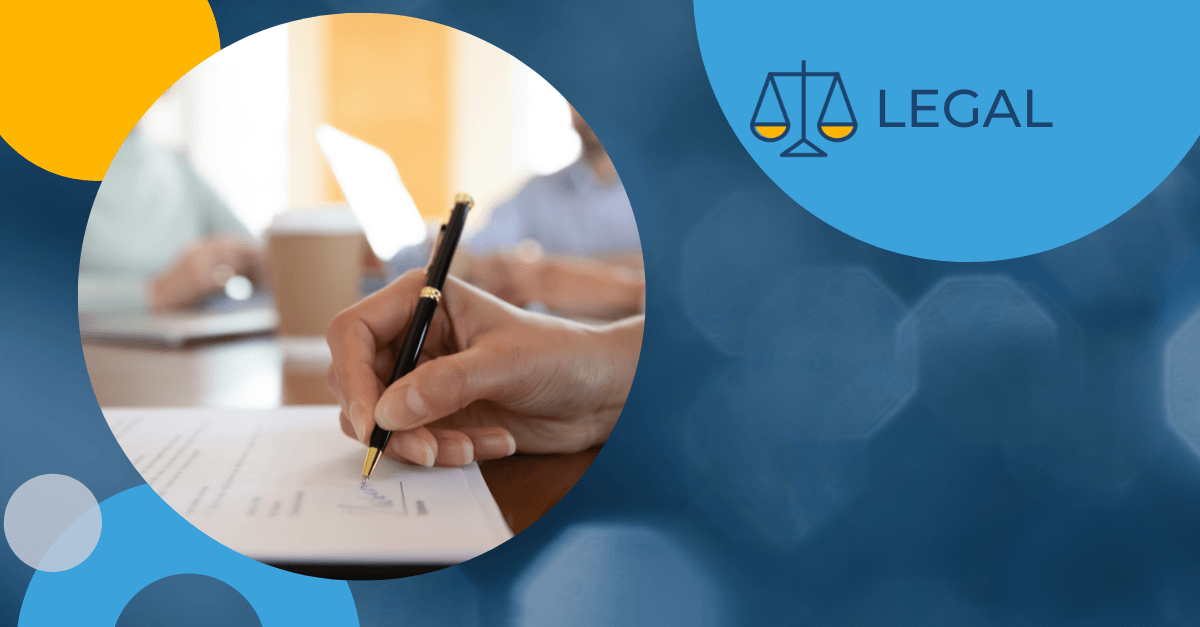Cross-border business arrangements and international litigation are becoming much more prevalent in our increasingly globalized world. So can translation technology really help law firms save time and improve their service? Legal translations of the countless number of documents required for international legal proceedings can sometimes be downright overwhelming. Multiply that by the number of countries involved, and it becomes clear why law firms struggle with the gargantuan task of taking on international cases: Getting them done on time, without the exorbitant cost, and executed with the error-free accuracy that the law and regulatory agencies demand – is difficult.
Fortunately, translation technology from a professional language service provider (LSP) can provide an efficient and affordable solution to help lawyers and their teams devise a cost-effective and time-saving translation strategy. Here are the three key types of translation technology you must know about.
1. Machine translation
Machine translation (MT) is an automated, software-based translation process best suited to situations in which there’s a need to quickly translate a large number of documents. MT translations are ideal for:
- litigation documents
- reference documents
- discovery and eDiscovery materials
- culling unnecessary documents from a large set
- identifying important documents in a large set that will need further review.
MT is a word-by-word, literal translation process unaware of context or grammatical nuance. It can be a great help in reducing mountains of paperwork into molehills so that law firms can confidently identify which ones need a greater degree of precision. Then, if budgetary constraints allow, MT can be paired with human post-editing to eliminate all errors or potential unclarities in the translated text.
To make MT optimally accurate, some translation companies can provide custom translation technology for MT software engines built around a firm’s specific needs or field of law, which can be integrated with relevant localization projects.
2. Translation memory
There are a number of standardized phrases or paragraphs that appear frequently in legal text. If a firm specializes in a particular area, this is especially likely to occur. For such content, translation memory (TM) offers a powerful tool for speeding up the translation process since it eliminates the need to re-translate the same content over and over again. TM is a software-driven, expandable database of often-encountered wordings and their translations in the desired target languages.
TM scans a document to identify repeat phrases and presents each match — along with its translation — to a human legal translator for review, saving time, money, and, not insignificantly, promoting consistency throughout the final work. As cases proceed and more phrases are added to a client’s TM, the time required for the translation of documents is continuously reduced as more standardized wording is recognized.
3. Terminology management
It’s often the case that law firms will have their own lexicon of terminologies, abbreviations, and brands. To ensure consistent use throughout all translations, a software glossary can aggregate these terms along with their preferred translations. Such a glossary preserves the preferred way of communicating across all translated documents. At Morningside, we can import a firm’s existing glossary, or build a new one that fully represents your way of communicating.
Glossaries can also be integrated with TM databases.
With an LSP relationship in place
As the practice of law becomes ever more multilingual and cross-cultural — even within a single country — technologies such as MT, TM, and glossaries can transform what might otherwise be a laborious, time-consuming, and expensive headache into a streamlined, worry-free process.


